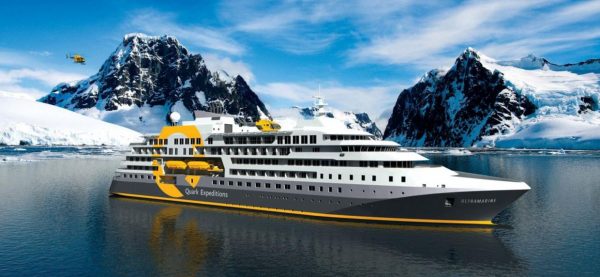Description
Retrace Charles Darwin’s epic voyage to the ‘edge of the world’ on our Essential Patagonia: Chilean Fjords and Torres del Paine expedition, a comprehensive journey into Chile’s spectacular network of fjords and channels. Helicopter flightseeing and Zodiac cruises along this enchanting stretch of coastline provide awe-inspiring perspectives of some of the most remote and picturesque landscapes on Earth. From Magellanic penguin colonies and other seabirds to South American sea lions and southern elephant seals, the fascinating array of wildlife is as abundant as the majestic blue-toned tidewater glaciers. Join us in this enchanting wonderland and experience all the natural splendors of southern Patagonia. By coming aboard for this special journey, you will also be among the first guests to experience our pioneering new vessel, Ultramarine. This purpose-built vessel is designed to extend the boundaries of exploration and offer an unmatched experience, including a flightseeing tour you’ll never forget and a range of adventure options more extensive than any other ship in its class. We’re excited to host you on your unforgettable adventure! Please feel free to reach out to our team of Polar Travel Advisers, who are happy to answer your questions and provide assistance at any time.



















